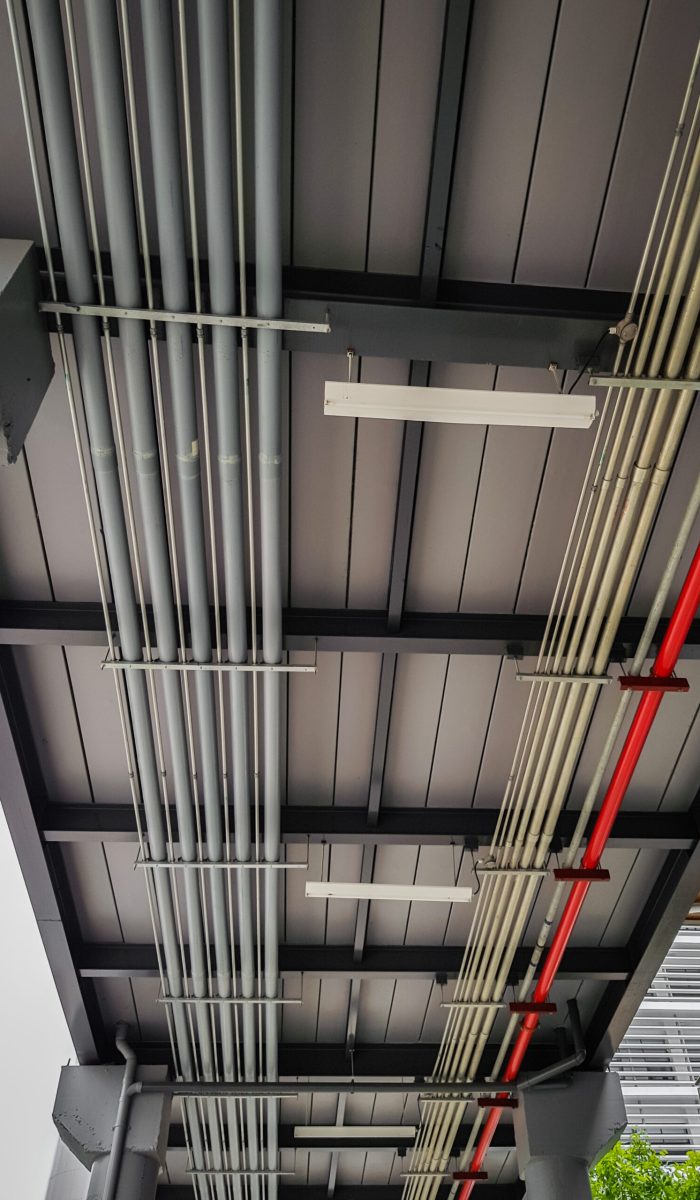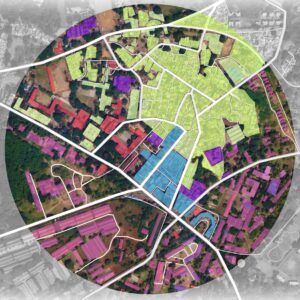
Transforming Cities | Expert Urban Planning & Sustainable Development Solutions
ASCELA strives to create urban landscapes that reflect, celebrate, and promote communities’ distinct cultural identities, beliefs, and history. This planning strategy focuses on building spaces that encourage social interaction, cultural expression, and a sense of belonging while also encouraging sustainable growth. City and culture design is critical for improving the quality of life in cities by making them more livable, welcoming, and dynamic.
City and Urban Culture | Service Offerings
Master Planning & Urban Design
Conceptual Design and Feasibility Studies
Ensuring alignment with community needs, historical context, economic realities, and environmental considerations
Land Use Planning and Zoning Analysis
Ensuring accessibility and inclusivity in design , Urban Connectivity
Infrastructure and Utility Planning
Analyzing existing transport, utilities, and public services to determine upgrades needed.
Community and Stakeholder Engagement
Collaborating with different stakeholders to ensure inclusivity, alignment with local aspirations.
Phasing and Implementation Strategy
Including zoning for phased designing and development to ensure balanced space integration
Economic and Market Analysis
Estimating job creation, tourism growth, and local economic stimulation.
Social Infrastructure Planning
Enhancing cultural identity, improving livability, or supporting economic growth


Design & Fit-out
Concept & Schematic Design development
Envisioning a space , emphasizing inclusivity , defining and redefining to achieve a cohesive vision ensuring community – centric design
Interior Design & Fit-Outs
We optimize contextual Interiors ensuring Cultural Storytelling and sense of belonging
Exterior Design
Our team tries to bring out the best of tradition and modernity , creating cultural narratives and imbibing civic pride
Furniture Design / Art & Artifacts
Creating bespoke pieces , promoting Artisanal Craftsmanship to curate furniture that complement today's multifunctional spaces
Landscape Design
Designing public art spaces while integrating multi-generational design with cultural integration
3D conceptual visualizations and sketches
Digital mapping and envisioning of spaces , promoting immersive experiences and augmented reality
Construction Documentation And Specification
Providing detailed drawings and specification to ensure the design meets technical precision, emphasizing on functionality highlighting cultural identity
Post- Design services
Ensuring cultural preservation , sustainability monitoring and post- occupancy evaluation and rectifications .
Project Management
Planning and assistance
Create a detailed roadmap for project execution , Break down the project into manageable tasks and deliverables.
Budgeting and Cost Control
Monitor budgets and expenditures to prevent overruns.
Resource and risk management
Anticipate challenges, such as budget overruns or community resistance, and prepare mitigation strategies ,
Procurement and Vendor Management
Sourcing, purchasing, and acquiring the necessary materials, resources, and services for the execution of a cultural project, engaging and managing relations with artisans, vendors and contractors
Construction Administration and Supervision
Oversee construction, installation, or event setup, ensuring adherence to quality standards and timelines.


Building Services Consultancy
Mechanical, Electrical and Plumbing (MEP) Integration
Ensuring that the spaces are comfortable, functional, and conducive to the intended activities by integrating building services in the project
Fire safety, alarm systems, and life safety design
Ensures the safety of occupants by detecting and controlling fire hazards, especially in spaces with valuable artifacts, large crowds, or flammable materials.
Security and Surveillance Systems
Protects both the building and its contents, ensuring the safety of visitors, staff, and cultural assets.
Building Automation and Control Systems
Integrates modern technologies to optimize building operation, enhance user experience, and reduce energy consumption.
Water Treatment and Waste Management Systems
Ensure the functionality of the space but also supports environmental sustainability and enhances the cultural experience for visitors and staff.
Renewable Energy , Environmental, and Sustainability Systems
Incorporates environmentally responsible practices into the building’s lifecycle, from construction through operation and decommissioning.
Information and Communication Technology (ICT) Systems
Integrating digital archiving , interactive installations and information systems to provide multimedia content improving accessibility and cultural experience
Vertical Transportation Systems
Ensures smooth movement for both people and goods (like artworks, materials for performances, or maintenance equipment).
Acoustic Control and Soundproofing
Ensures that cultural spaces, especially performance venues like theaters, concert halls, and auditoriums, have appropriate sound quality.






